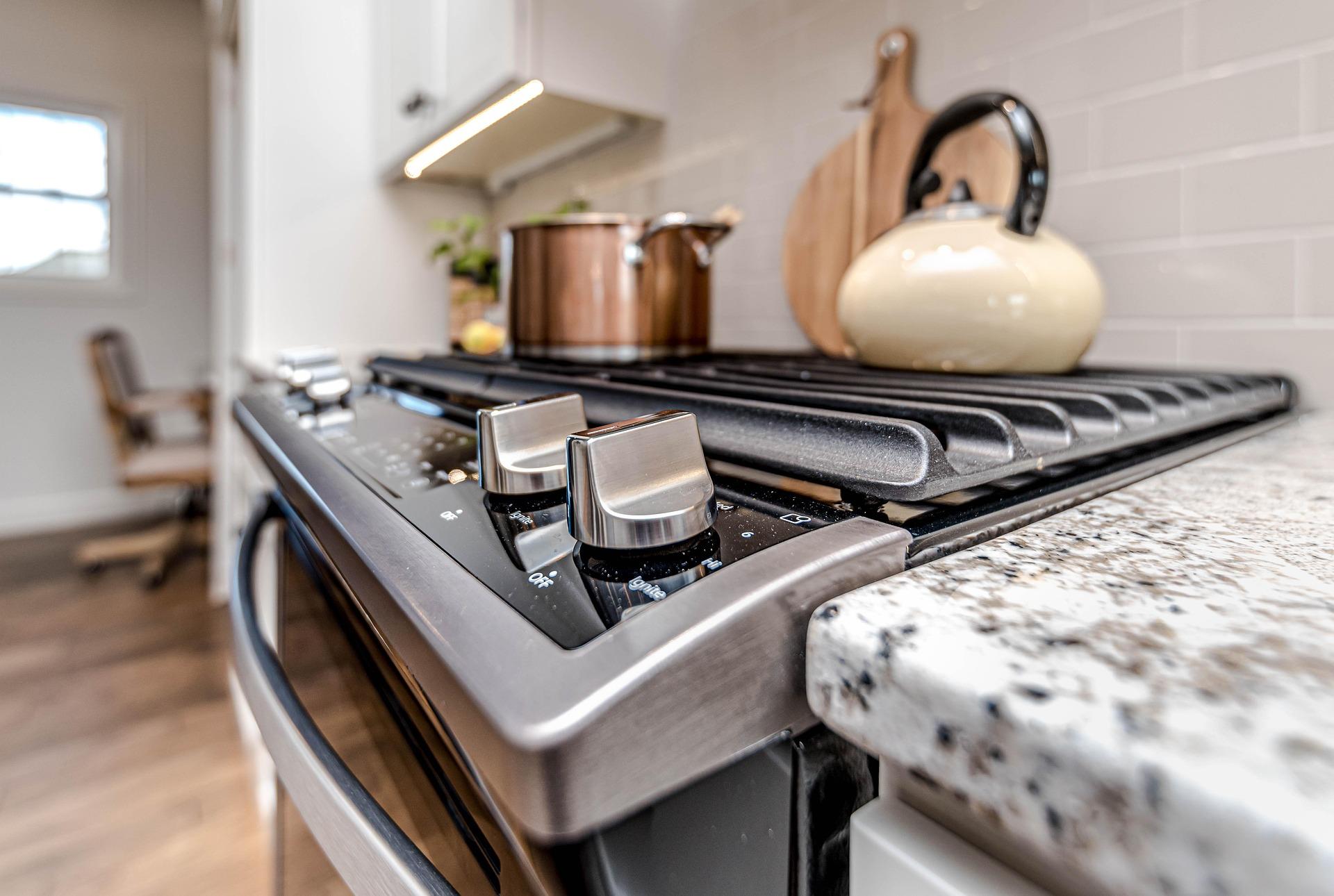How to Spot a Non-Smart Appliance in 2025



How to Spot a Non-Smart Appliance in 2025
Smart appliances are becoming more common. In some cases, smart appliances are now the default. Finding a truly non-smart alternative is a challenge. This guide will help you identify appliances that aren't connected to the internet or equipped with smart features.
For a quick start use our search functionality to find the perfect item.
What to look for
There are a few simple things to pay attention to in your quest to find non-smart appliances:
-
Basic control panels: Look for appliances with simple, straightforward controls. Prefer buttons or dials rather than touchscreens or digital displays 1.
-
Lack of Wi-Fi or Bluetooth symbols: The appliances with wireless connectivity icons on their packaging or control panels should be avoided 2.
-
Absence of companion apps: Preferred appliances won't mention any app integration. Smart appliances often come with smartphone apps for remote control 3.
-
Traditional power cords: Smart appliances might have unique power adapters or charging stations. Non-smart appliances typically use standard power cords 4.
Avoiding Hidden Connectivity Features
Some appliances may have connectivity features that aren't immediately apparent. To ensure you're getting a truly non-smart appliance:
-
Look for data collection disclaimers: Non-smart appliances won't be collecting data and will have no need for a privacy statement. Smart appliances often have privacy policies regarding data collection 5 6.
-
Connectivity, Wi-fi: Read the fine print. Carefully examine product descriptions for any mention of "connectivity," "Wi-Fi enabled," or "smart features" 2.
-
Check for firmware updates: Non-smart appliances shouldn't require or mention firmware updates 6 5.
Top Questions to Ask Retailers
When shopping for non-smart appliances, ask the following questions:
- "Does this appliance connect to the internet in any way?"
- "Are there any remote control features?"
- "Does the appliance collect or store any user data?"
- "Is there a companion smartphone app for this product?"
- "Does the appliance require any software updates?"
Red Flags in Marketing Language
Be wary of these terms, which may indicate hidden smart features:
- "Connected"
- "IoT-enabled"
- "Smart-ready"
- "Wi-Fi compatible"
- "App-controlled"
- "Voice assistant integration"
Examples of Verified Non-Smart Products
While specific product recommendations can become outdated quickly, here are some categories where you can still find non-smart options:
-
Microwaves: Many basic microwave models still offer simple, non-connected functionality 7.
-
Toaster ovens: Traditional toaster ovens without smart features are still widely available 7.
-
Slow cookers: Basic slow cookers often lack connectivity features 7.
-
Coffee makers: Many manufacturers still offer non-smart coffee makers with simple controls 7.
-
Vacuum cleaners: Traditional upright and canister vacuums without smart features are still common 8.
Remember, while smart appliances offer convenience, non-smart alternatives can provide simplicity, privacy, and often lower costs. By following this guide, you can make informed decisions about the appliances you bring into your home.
Footnotes
-
https://codinginthetrenches.com/2014/05/13/dumb-appliances-and-smart-devices/ ↩
-
https://www.vancouverisawesome.com/sponsored/7-smart-appliance-features-you-didnt-know-you-needed-9478305 ↩ ↩2
-
https://pacifica.co.uk/help-advice/smart-vs-traditional-appliances ↩
-
https://svrooij.io/2023/01/25/disconnect-your-smart-appliance/ ↩ ↩2
-
https://www.consumerreports.org/electronics/privacy/smart-appliances-and-privacy-a1186358482/ ↩ ↩2
-
https://www.weirsappliances.com/blog/appliance-shopping-faqs ↩ ↩2 ↩3 ↩4